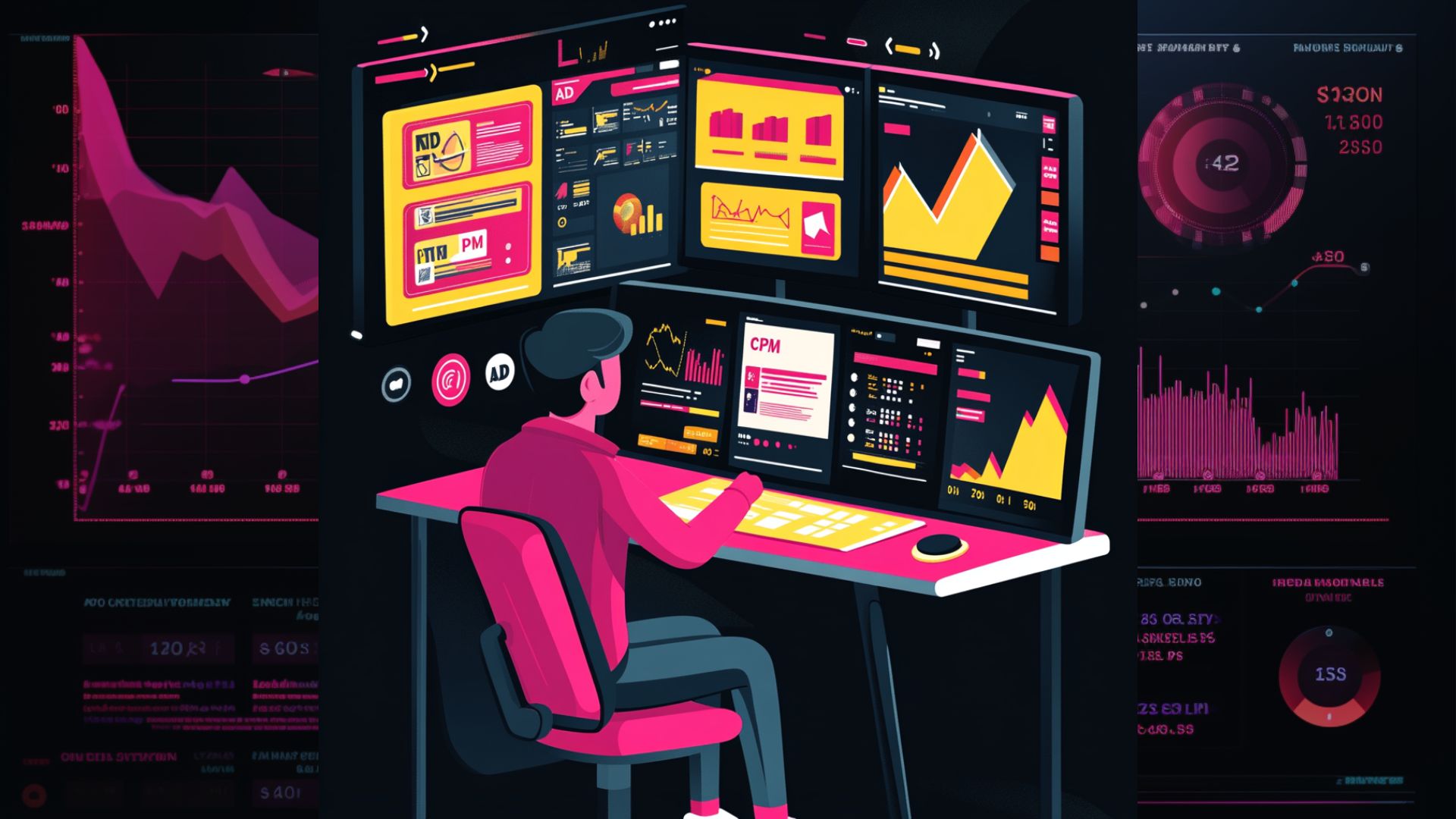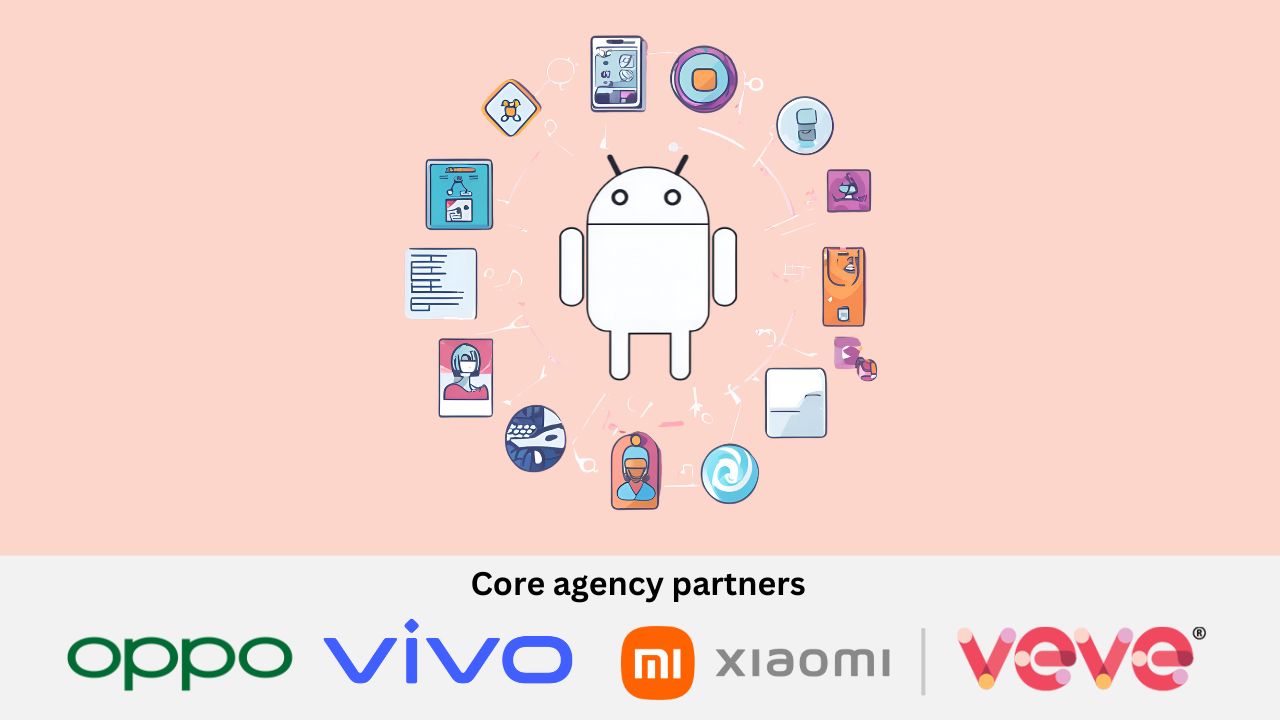In today’s competitive digital landscape, marketers are continually seeking innovative ways to engage their target audiences and maximize ROI. One emerging and highly effective strategy is OEM (Original Equipment Manufacturer) advertising. This approach leverages the pre-installed environment of mobile devices to deliver targeted ads directly to users in a more integrated and less intrusive manner.
In this article, we will take you through the intricacies of OEM advertising and provide you with insights to overcome these complexities and unlock its full potential.
What is OEM Advertising and Why Does It Matter?
OEM advertising takes advantage of the unique position OEMs hold within the mobile ecosystem. These manufacturers produce the devices people use daily, embedding opportunities for brands to reach consumers directly through pre-installed apps, notifications, and other native elements. Given that over 68% of the global population interacts with OEM environments daily*, this advertising method ensures high relevance and user engagement.
Key Advantages of OEM Advertising
- High Visibility and Engagement: Ads are natively integrated, in non-disruptive ways, making them more likely to be seen and interacted with by users.
- Broader Audience Reach: Provides access to a vast number of smartphone users, extending beyond traditional channels like search and social media to tap into a diverse and widespread audience.
- Targeted Advertising: OEM ads can be tailored based on app behavior, location, demographics, and device type, enhancing their relevance.
- High Conversion Rates: Marketers have seen click-to-installation rates ranging from 10% to 40%, sometimes reaching as high as 85%.*
Despite these benefits, navigating OEM advertising comes with its own set of challenges.
Challenges in OEM Advertising
- Industry Know-how: With over 250 OEMs globally*, each having unique processes and regulations, understanding and managing these nuances can be overwhelming.
- Regulatory Complexity: Different regions have varying regulations on app usage and ad views, complicating compliance.
- Campaign Optimization: Without the right tools and expertise, reallocating budgets and refining campaigns can be guesswork, leading to inefficiencies.
- Account Management: Handling multiple points of contact and varying levels of support across different OEMs can be extremely cumbersome.
- Resource Intensiveness: The depth of OEM advertising demands significant time and effort.
- Lack of Transparency: Ensuring accurate and transparent tracking of ad performance can be challenging, limiting the ability to measure true ROI.
The Solution: Leveraging a Demand-Side Platform (DSP)
To effectively manage OEM advertising, a specialized Demand-Side Platform (DSP) is essential. A robust DSP can centralize and streamline efforts, making it easier to manage multiple campaigns across different OEMs. Here are some key features of an ideal DSP for OEMs:
- Unified Tracking: A good DSP consolidates data from various platforms, providing transparent insights into impressions, website traffic, and click rates. This centralized view enables easy monitoring of key performance indicators (KPIs) and facilitates data-driven decision-making.
- ML-Led Data-Driven Media Buying: Managing complex datasets and optimizing media spend requires a DSP that uses machine learning for data-informed decisions. It should offer full transparency and control over campaigns, enabling continuous optimization for maximum ROI.
- Premium Placements: Access to high-quality audiences often requires securing premium ad placements. A competent DSP will have partnerships with top OEMs, providing exclusive ad spaces within popular mobile handsets, browsers, app stores, and apps. This ensures that brands reach high-intent audiences effectively and at competitive cost-per-thousand impressions (CPM) rates.
- Managed Services: Due to the resource-intensive nature of OEM advertising, an ideal DSP should offer comprehensive managed services. This includes global ad operations, creative services, rapid support, ensuring smooth campaign execution, and timely optimizations based on real-time performance metrics.
- Advanced Targeting and Global Reach: Precise targeting is crucial for the success of any campaign. A DSP should offer advanced targeting options based on demographics, locations, and device preferences and behavior, enabling brands to expand their visibility across borders. Leveraging a vast user network, the DSP helps brands tap into new markets and maximize global reach.
Conclusion
OEM advertising offers a unique opportunity for brands to reach and engage their target audiences through mobile devices, browsers, and popular apps. To succeed in OEM advertising campaigns, a reliable DSP supported by extensive industry experience, expertise, and strong partnerships is crucial.
VEVE stands out in this space with over a decade of experience, having partnered with 2,000+ brands and 100+ publishers. Recently appointed as the core agency partner for top OEMs in Asia—vivo, OPPO, and Xiaomi—VEVE ensures that your campaigns are efficient, compliant, and impactful, ultimately enhancing your Return on Advertising Spend (ROAS).
Read more: https://www.veve.com/blog/core-agency-partner-benefits/
If you’re looking to elevate your OEM advertising game, partnering with VEVE could make all the difference. Experience the VEVE advantage and start optimizing your advertising efforts today.






